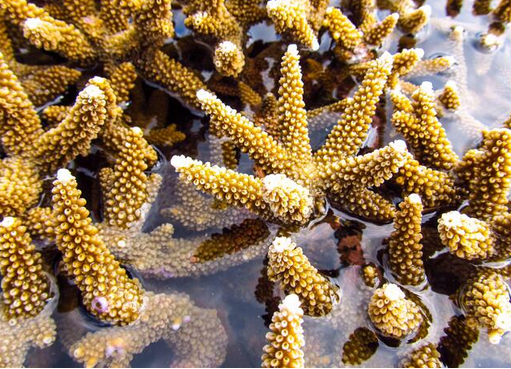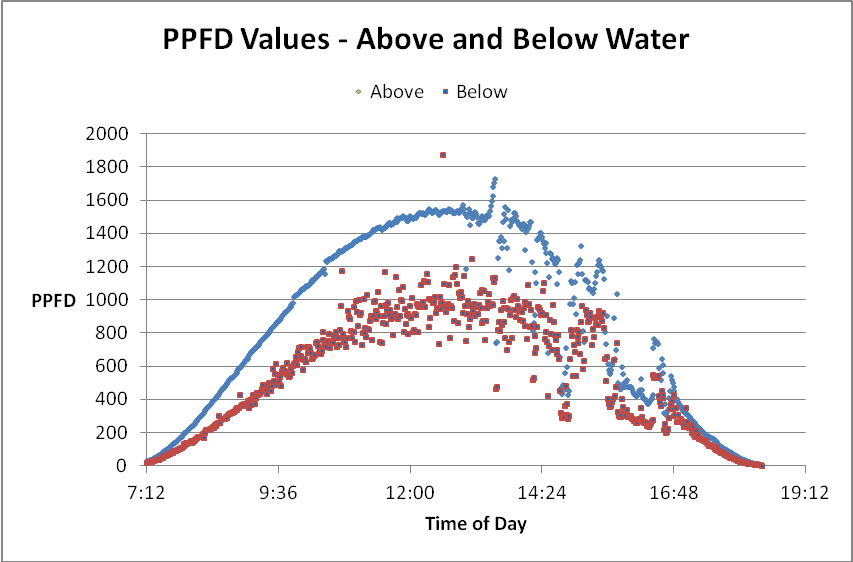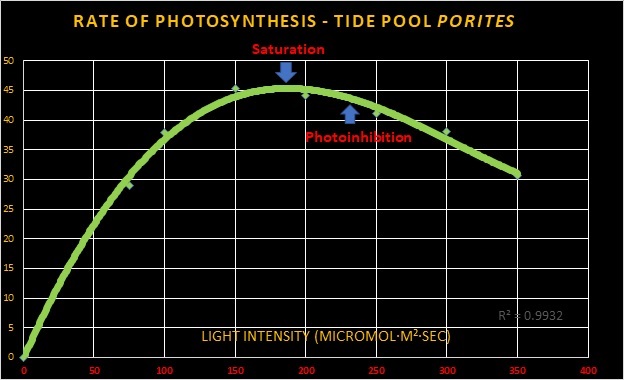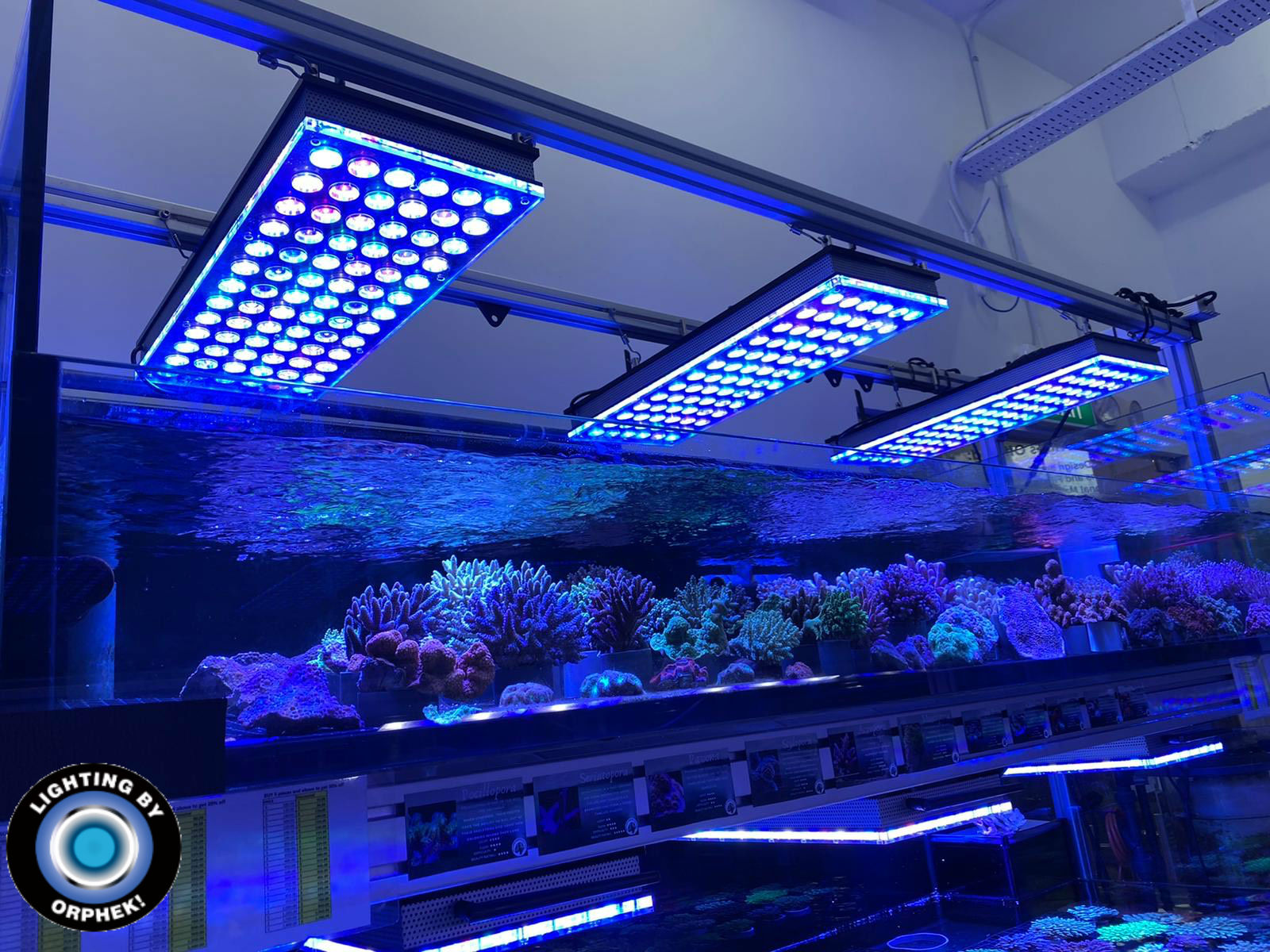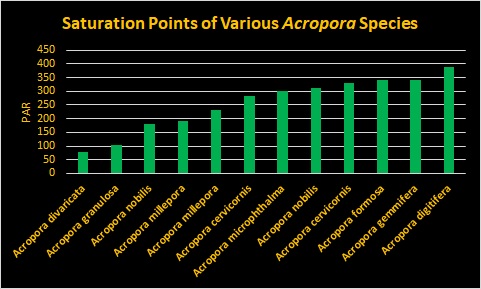- Joined
- Feb 15, 2012
- Messages
- 4,735
- Reaction score
- 3,412
It is the essence of the metal halide technology.There was never a question that halides had or did not have any UV or any other color, but how much? This experiment was actually conducted on December 29-30, 2022, before any such videos came out. There's a dearth of high-resolution data on Metal Halides and spectral analysis. To jump to the conclusion that their success hinges on a particular band is myopic. What we forget is the same elements used to produce the 450nm metal halide peak are also found in LEDs, eg. Indium and Gallium. For LEDs, varying the ratios controls how blue or violet-shifted they are.
Is it really the spectrum or is it the distribution, or is it something else, or is it a combination? Has anyone successfully run a lamp over a system without a reflector?
It is known that Kelvin is approximated from a coordinate system, but goes awry if the light source is not a true blackbody, or as some say, "Planckian."
Light produced by gases, like the sun.
Spectrum and intensity, very similar to the sun.
Distribution and delivery, very similar to sunlight.
Halide power.
I know this is not supposed to be a "LED vs halide" thread, but it if it's to find that "missing link" and apply to your LEDs, it's going to have 100+ pages and will go on until someone comes and say it's going to be impossible for any LED to reproduce halide and it comes to that personal preference. Sorry, it sounded like you want to try to "mimic" halides to it's best in order to find that "secret spectral sauce".
It comes down to different technologies and different essences in the production of light to start with. It comes in a package of essences.





